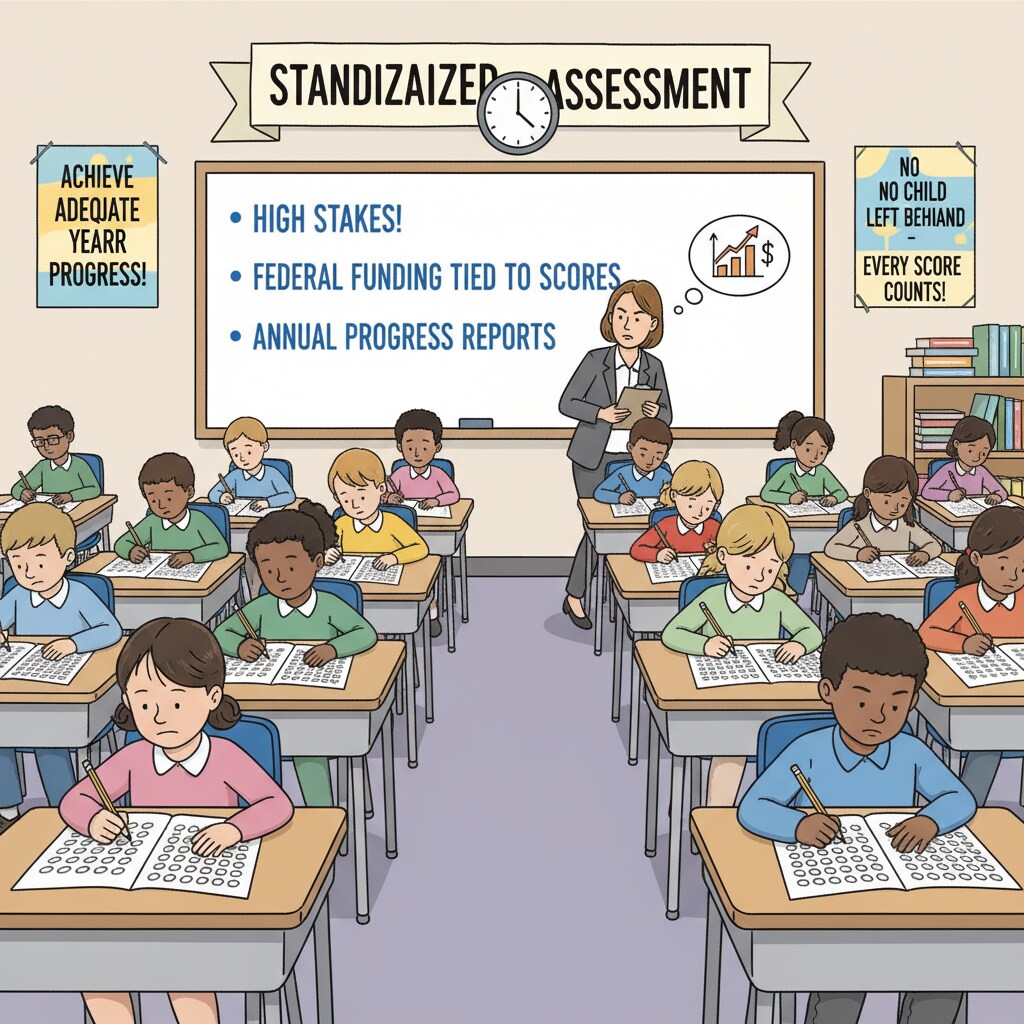Education policy, accountability system, and school management have always been crucial aspects in the development of education. The evolution of the education accountability system in the United States has had a profound impact on the relationship between schools and the community. Since 1983, this system has undergone significant changes, reshaping the power dynamics and interaction models among teachers, school administrators, and the community.

The Genesis of Accountability: “Nation at Risk”
In 1983, the report “A Nation at Risk” was released. This report sounded the alarm about the state of education in the US, suggesting that the educational system was in a crisis. As a result, it triggered a wave of reforms, with accountability becoming a central focus. This was the starting point of a new era in education policy, where schools were now held more accountable for student performance. For example, standardized testing began to gain more prominence as a tool to measure school effectiveness. Schools had to prove that they were educating students to a certain standard, which was a significant shift in school management理念 (concepts). (A Nation at Risk on Wikipedia)
The Era of “No Child Left Behind”
The “No Child Left Behind” (NCLB) Act in 2001 further escalated the accountability movement. NCLB emphasized that every student should achieve a certain level of proficiency. This led to an increased focus on test scores as the primary measure of school success. Schools that did not meet the set targets faced various sanctions. Community involvement also changed during this time. Parents became more involved in demanding better results from schools, as they were more aware of their children’s academic progress through the public reporting of test scores. In addition, teachers and school administrators had to work harder to meet the strict requirements of NCLB, which affected their daily management of schools. (No Child Left Behind Act on Britannica)

The evolution of the education accountability system has not only changed the way schools operate but also the relationship between schools and the community. It has increased transparency, allowing the community to have a clearer understanding of school performance. However, it has also brought some challenges. For example, the overemphasis on test scores may lead to a narrow focus in education, neglecting other important aspects such as creativity and critical thinking development. In conclusion, the education accountability system, as an important part of education policy and school management, has left an indelible mark on the history of school-community relations.
Readability guidance: The article uses short paragraphs to summarize key points. Each H2 section provides a brief overview of a significant period in the evolution of the accountability system. The passive voice is used sparingly, and transition words like “however”, “therefore”, and “in addition” are employed to enhance the flow of the text.


